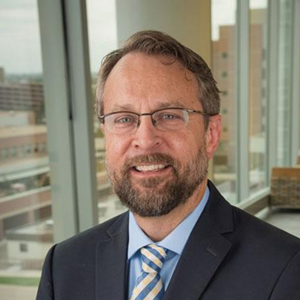It was a quarter-century ago, but Mark Earnest, MD, PhD, still vividly recalls an “odd request” from a patient.
“My sleep is terrible. I’ve tried everything I can think of, and nothing works,” the patient told him. “Would you write me a prescription for Seconal so I can get some rest?”
Odd because his longtime patient, a woman in her 50s, had never before discussed insomnia or needing a sleeping aide with him, and was now asking for Seconal, “a barbiturate with a high potential for a fatal overdose,” Earnest recalls.
But Earnest – who today is a professor and division head of the Division of General Internal Medicine at the University of Colorado Department of Medicine – knew that the patient had recently been diagnosed with a leiomyosarcoma, a rare, aggressive type of cancer.
It took him “just a moment,” he says, to realize that she was requesting a prescription to help her end her life. At the time, Colorado voters had not yet passed a law allowing medical aid in dying.
Earnest writes of that encounter and the ethical and trust questions that followed in an article entitled “Something for Sleep,” published December 9 by the New England Journal of Medicine.
In an esteemed medical journal that dates back to 1812, where most articles have titles like “Teplizumab in Youth with New-Onset Type 1 Diabetes” and “Inhaled Amikacin to Prevent Ventilator-Associated Pneumonia,” Earnest’s piece stands out as heartfelt and deeply personal.
We talked with Earnest about his extraordinary article and what led him to write it.





